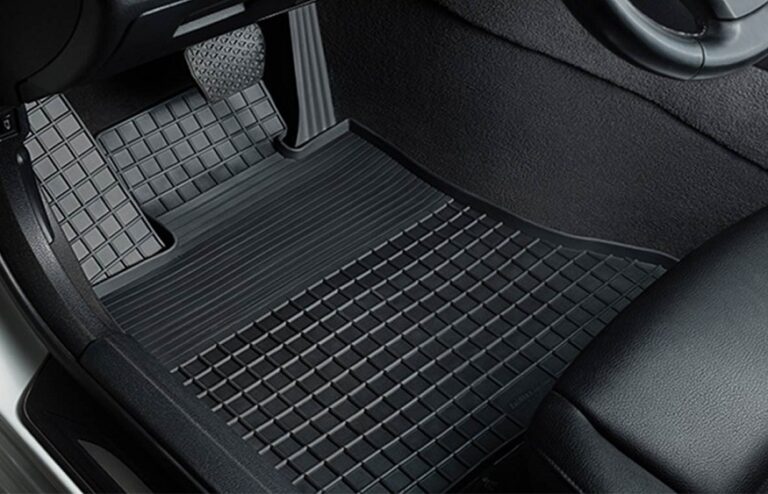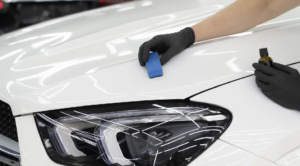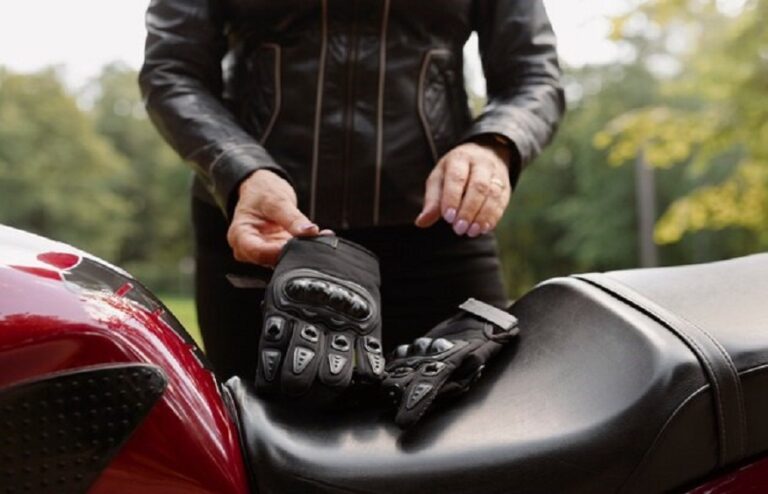Leather car seats exude luxury and sophistication, but over time, they can suffer wear and tear that diminishes their appeal. The repair of leather car seats can be a cost-effective solution to restore their beauty and functionality. However, there are common mistakes that amateur repairers often make, leading to unsatisfactory results or even further damage. In this guide, we will explore seven mistakes to avoid when repairing leather car seats, ensuring a successful restoration process.
Neglecting Proper Cleaning and Preparation:
One of the most important steps in leather car seat repair is thorough cleaning and preparation. Neglecting this step can result in poor adhesion to repair materials and subpar results. Before starting the repair process, it is essential to clean the leather surface thoroughly to remove dirt, grime, and oils. Use a leather cleaner and a soft brush to gently scrub the surface, ensuring it’s free from contaminants that could interfere with the repair. The correct preparation ensures that the repair is well adhered to and provides a perfectly smooth finish.
Additionally, cleaning leather car seats is a crucial step in the repair process, but using the wrong cleaning products can result in further damage. Make sure to use leather-friendly cleaners to gently remove dirt and grime without compromising the integrity and quality of the leather.
Using the Wrong Repair Products:
Choosing the right repair products is important to achieve professional-looking results. The market is flooded with different leather repair kits, but not all can give you the professional-looking results you want. Using products that are not specifically designed for leather car seat repair can lead to further damage or unsightly patches. Avoid generic adhesives or low-quality leather repair kits, as they may not provide the durability and colour matching required for seamless repairs. Invest in high-quality leather repair compounds, fillers, and dyes that are formulated for automotive applications.
Overlooking Proper Colour Matching:
Achieving a seamless repair involves meticulous colour matching to blend the repaired area with the surrounding leather. Many DIY enthusiasts make the mistake of overlooking this crucial aspect, resulting in mismatched patches that stand out conspicuously. Before applying any repair materials, take the time to accurately match the colour of the leather using specialised dye kits or swatch samples. Test the colour match on a small, unnoticeable area before proceeding with the repair.
Failing to Address Structural Damage:
Repairing leather car seats goes beyond cosmetic touch-ups. It also involves addressing underlying structural damage. Ignoring cracks, tears, or weakened seams, even if they are small or minor, can compromise the integrity of the seat and lead to further damage over time. Before proceeding with cosmetic repairs, invest time to assess the seat for any structural issues and address them appropriately. For added durability, strengthen the weakened seams, repair tears with strong adhesives, and use reinforcement patches.
Rushing the Drying Process:
Proper drying is crucial for the success of leather car seat repairs, yet many DIYers underestimate its importance. Rushing the drying process can result in incomplete adhesion, wrinkling, or an uneven texture, compromising the overall appearance of the repair. Allow ample time for repair compounds, adhesives, and dyes to dry thoroughly according to the manufacturer’s instructions before moving on to the next step. Avoid exposing the repaired area to excessive heat or sunlight, as this can cause premature drying and damage to the leather.
Applying Excessive Pressure:
Although it may be tempting to exert force to hasten the repair process, using excessive pressure can do more harm than good. Leather is a delicate material that can easily stretch, tear, or distort under pressure. Avoid aggressive rubbing or pressing when applying repair compounds or dyes, as this can cause uneven colour distribution and damage to the leather ibers. Instead, use gentle, even strokes to ensure uniform coverage and adhesion.
Skipping Proper Conditioning and Protection:
Once the repair process is complete, many individuals overlook the importance of conditioning and protecting the leather surface. Leather car seats are exposed to harsh environmental elements that can accelerate wear and diminish their appearance. Neglecting proper care and conditioning can accelerate wear and tear, undoing your repair efforts. Apply a high-quality leather conditioner to nourish the leather fibres and maintain softness, preventing dryness and cracking.
Additionally, use a protective sealant or coating to safeguard the repaired area from stains, spills, and UV damage. Establish these proper conditioning and protection routines to keep your leather car seats looking pristine for years to come.
Final Thoughts
Repairing leather car seats requires patience, attention to detail, and the right techniques to achieve professional-looking results. Committing these common mistakes could lead to further damage or, worse, the total replacement of your leather seat covers. By avoiding these common mistakes and following best practices, you can restore your leather car seats to their former glory and enjoy years of comfort and elegance on the road.
Remember to prioritise proper cleaning, preparation, colour matching, structural repairs, drying, application techniques, and ongoing maintenance to preserve the beauty and integrity of your leather seats for years to come.



















+ There are no comments
Add yours